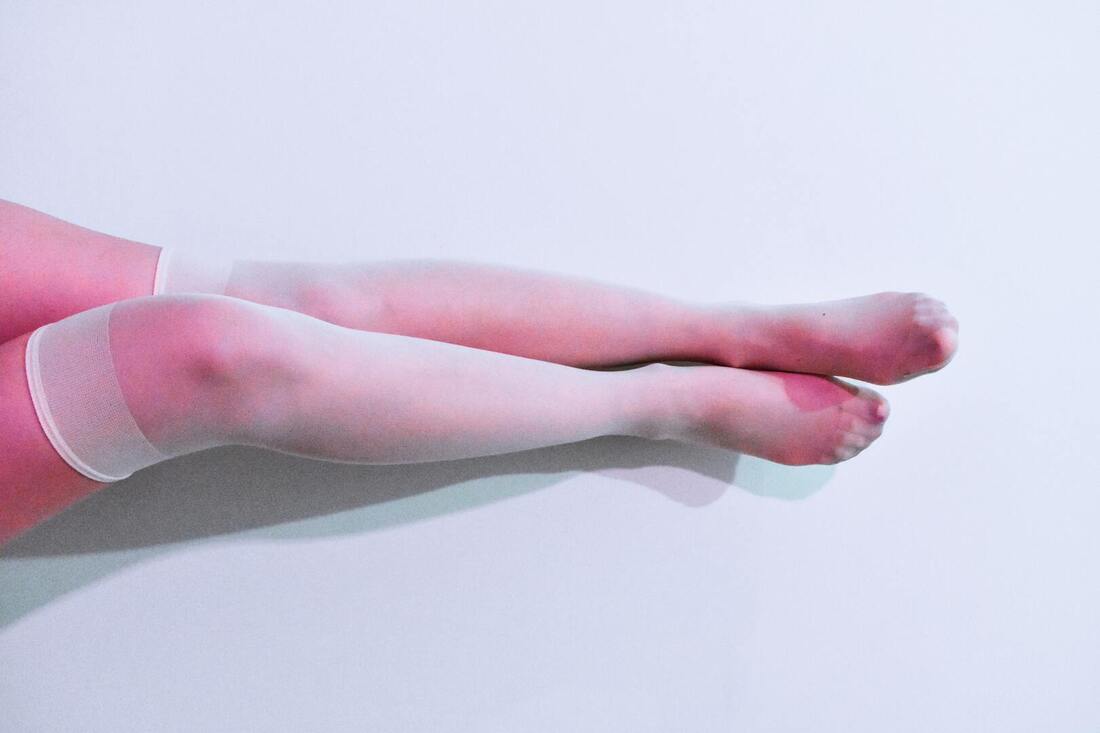|
Compression stockings are specialized hosiery that prevents and guards against venous disorders. These garments are elastic and wrapped around the leg. They work to compress the leg and reduce pressure on the blood vessels.
Compression stockings help increase blood flow to the legs. There are different strengths of compression stockings, which can be measured in millimeters of mercury. The lowest strength is eight to fifteen mmHg, which is usually sold over-the-counter. Hospitals often use these stockings to minimize the risk of blood clots. The strongest stockings are forty to fifty mmHg, which are commonly used for people with chronic venous insufficiency and lymphedema. According to Coherent Market Insights the Compression Stockings Market Global Industry Insight, Trends, Outlook and Opportunity Analysis, 2022-2028. Compression stockings are often prescribed by a doctor to help with medical conditions like varicose veins and spider veins. They also ease swelling in the ankles and legs. Some patients find them useful in preventing light-headedness and dizziness when standing for long periods of time. The socks also keep blood moving in the legs, which keeps it from pooling and forming clots, which can cause swelling and discoloration of the skin. The prevention of phlebitis with compression socks is a simple yet effective method of managing pain and swelling in the legs and arms. They are made of medical grade fabric and can be worn for up to two weeks at a time. They improve circulation and reduce swelling. Using compression stockings on the affected area will improve blood flow and alleviate pain. It is important to wear compression stockings as often as possible in order to prevent further complications. Phlebitis can be superficial or deep. The first type involves veins that are near the surface of the skin. This is the most common form and is typically self-limiting. Deep phlebitis can be life-threatening if the blood clot travels to the lungs. Compression stockings are a common treatment for varicose veins. Physicians usually recommend compression stockings as the first step in treating varicose veins, and they are also important after other procedures such as sclerotherapy and endovenous laser treatments. Varicose veins are visible in the legs, and can affect the look of the skin. Untreated, they can cause leg swelling and skin changes. In some cases, they can even cause blood clots to form, making the leg look uncomfortable. Treatment for varicose veins should begin as early as possible, before the condition worsens. After wearing compression stockings for an extended period of time, the condition may disappear completely. Nonmedical support hosiery are compression stockings that don't require a prescription and are intended to provide relief for tired and aching legs. Unlike prescription compression stockings, nonmedical support hosiery are designed to apply less pressure than prescribed socks. Compression stockings are available in different lengths, including knee-high, thigh-high, and waist-high varieties. They can apply different levels of compression, ranging from mild to firm. Compression socks apply pressure to the legs to help increase blood flow. If blood pools in the leg veins, it can cause clotting or damage. Compression socks are made of synthetic materials, and typically fall below the knee but may be worn up to the thigh as tights. Full-body compression garments are also available. Nonmedical support hosiery includes flight socks, elastic support socks, and other garments with compression throughout the garment. Patients who require graduated compression on their compression stockings should have a lower risk of recurrent venous insufficiency. Higher levels of compression can help reduce the risk of post-thrombotic syndrome (PTS) and another DVT. These conditions can also be known as chronic venous insufficiency or post-phlebitic syndrome. Gradient compression stockings can also help reduce swelling and pain from post-thrombotic syndrome. One type of graduated compression stockings is Jobst(r) Medical LegWear. These stockings come in three different compression levels - fifteen to twenty millimeters of mercury (mmHg), and are available in several styles. Using these stockings is a standard treatment for chronic venous insufficiency. Despite the success of graduated compression, it is important to note that not all patients tolerate these stockings well. Many sufferers report problems with compliance and discomfort while wearing the stockings.
0 Comments
Leave a Reply. |

 RSS Feed
RSS Feed
